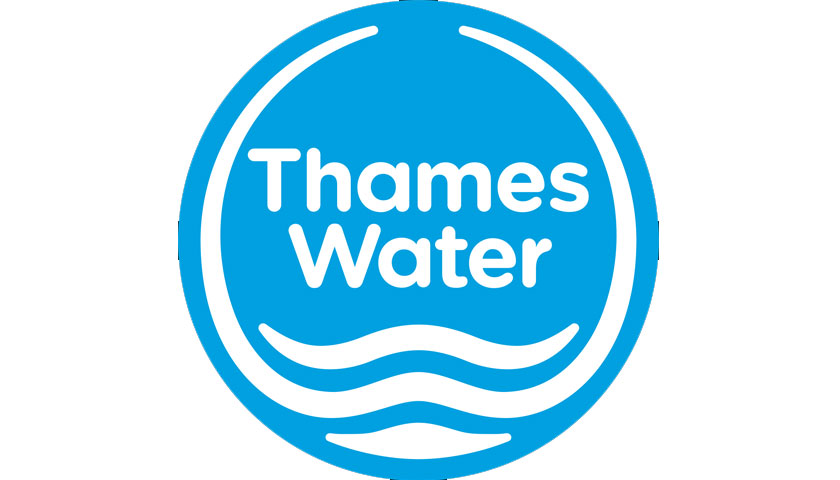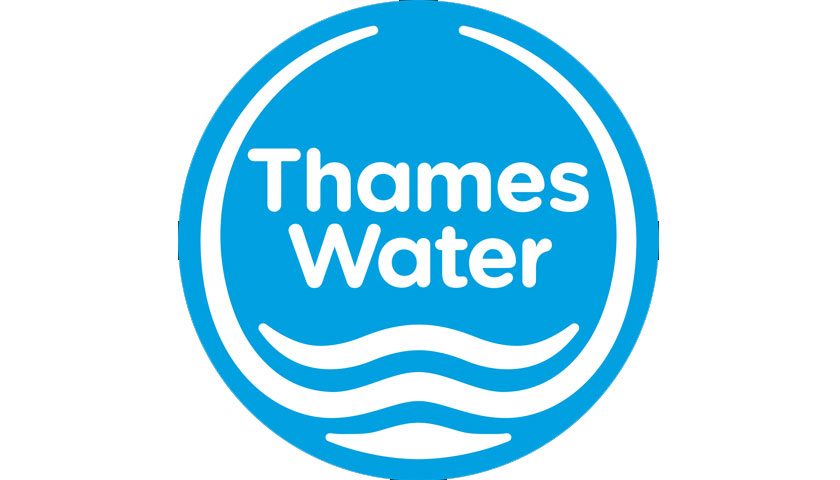Thames Water is announcing its commitment to invest £1.6 billion on its sewage treatment works and sewer networks over the next two years.
This investment includes significant upgrades to wastewater treatment plants and sewerage networks to reduce storm discharges and pollution incidents. It will help Thames Water achieve its commitment to reduce the total annual duration of discharges by 50% by 2030 compared to a 2020 baseline. This commitment includes an 80% reduction in discharges in particularly sensitive catchments.
Over the next two years, starting in April, Thames Water will invest £1.12 billion on sewage treatment plants, including £650 million on enhancing and upgrading over 135 existing sites to improve resilience and provide additional capacity. Over the period, Thames Water will spend a further £470 million on the wider sewer network.
The £1.6 billion commitment is a record investment for a UK water utility and represents a more than twofold increase in Thames Water’s spending on its sewage treatment plants and wider sewer network, compared to the previous two years.
The company is raising its investment after building the expertise and capability to deliver complex engineering projects at pace. It has hired an additional 150 workers to the capital delivery team over the past two years – a 50% increase.
This investment will include allocations for essential maintenance works, such as repairing existing infrastructure, improving treatment standards and increasing capacity at sewage treatment works.
Sarah Bentley, Chief Executive of Thames Water, said: “The discharge of untreated sewage is unacceptable, and we are committed to tackling this problem. We are investing record sums in upgrading our sewer systems and treatment works and are striving every day to reduce the discharge of untreated sewage into our rivers.
“However, there are no quick fixes. Population growth will increase the strain on our sewage network and treatment centres. And because of climate change, the south east of England is experiencing heavier downpours, which can overwhelm some sewage treatment works. The scale of the challenge demands urgent and systemic reform with a shared undertaking from all stakeholders.”
Key enhancement projects funded by this investment include:
- Beckton Sewage Treatment Works upgrade: Spending £145 million upgrading the Beckton Sewage Treatment Works, the largest sewage treatment works in Europe serving more than 3.5 million people, to increase capacity to better serve London’s growing population. This site is used to allow the additional storm flows from the Thames Tideway Tunnel to be pumped out and transferred for treatment.
- Mogden Sewage Treatment Works upgrade: Spending £97 million upgrading the Mogden Sewage Treatment Works site in the Ivybridge section of Isleworth, West London, to increase capacity and reduce the number of storm discharges. The site currently serves around 2.1 million people.
- Witney Sewage Treatment Works expansion and upgrade: £15 million upgrade to the Witney Sewage Treatment Works in Oxfordshire, which currently serves 45,000 people, to reduce the number of storm discharge incidents.
- Chesham Upgrade and Nutrient Removal: £16.4 million investment in the Chesham Sewage Treatment Works in Buckinghamshire with £3.3 million allocated to improving flow and £13.1 million towards removing phosphate load in the River Chess.

